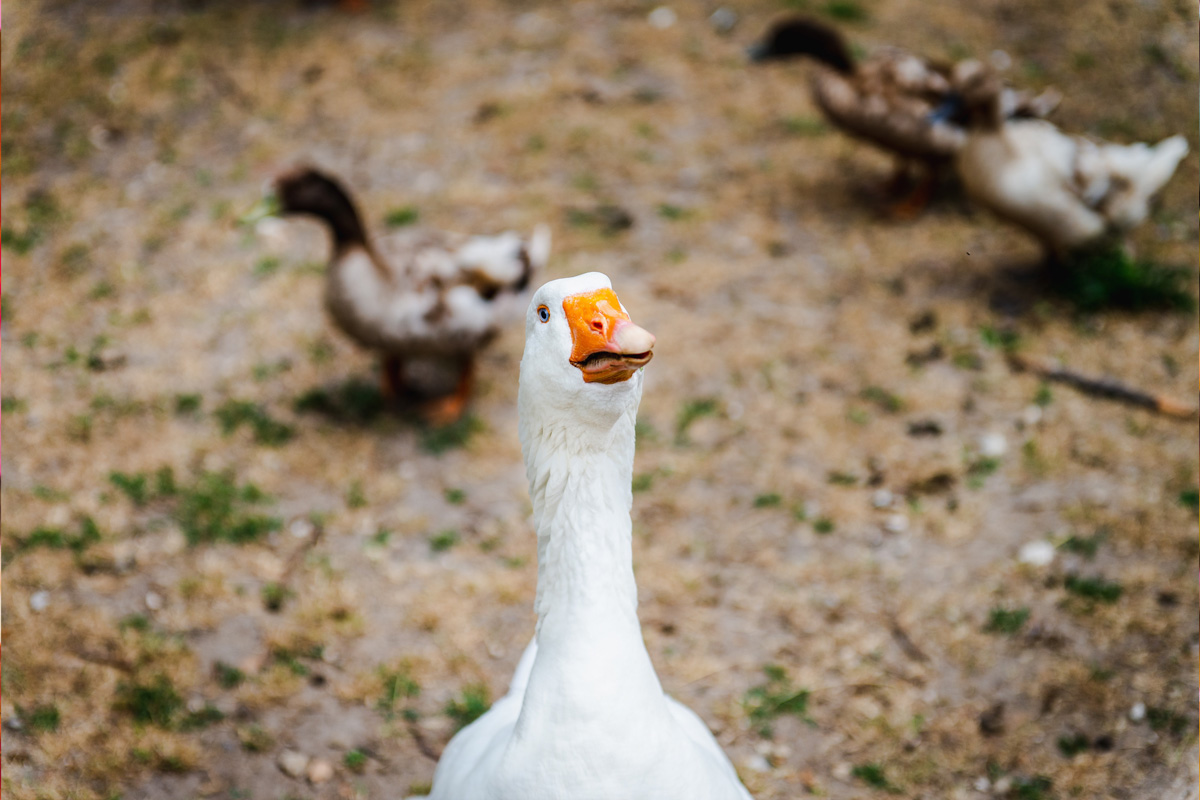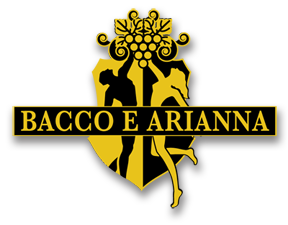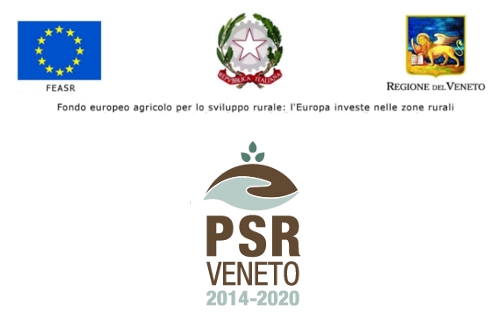
On Saturday 12 November, we look forward to a themed evening dedicated to St Martin’s Goose.
11 November, St Martin’s Day, in the past coincided with the end of farm work for peasants whose work contracts might not be renewed. It was therefore necessary to move, to look for another landowner and new accommodation. St Martin’s Day thus became a day to celebrate change and renewal, as well as a way of saying moving house (fare San Martino).
St Martin’s Day was celebrated by eating goose and biscuits as a New Year’s Eve feast in preparation for the pre-Christmas fast. The goose, together with the pig, constituted for centuries a reserve of fat and protein during the winter for the farmer, who during the year ate only legumes and cereals.
The goose is associated with St Martin thanks to a legend that says that St Martin, not wanting to become bishop of the city of Tours in France, went into hiding. It was precisely the geese, with their squawking, that found him and caused the monk’s escape to fail: this is how on 11 November, and in November in general, it is tradition to celebrate by eating goose.

